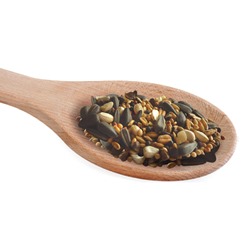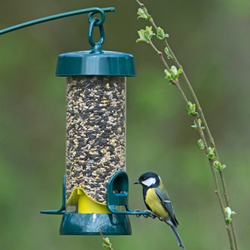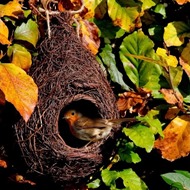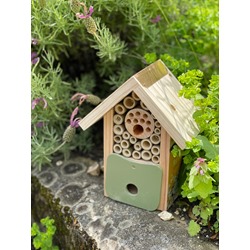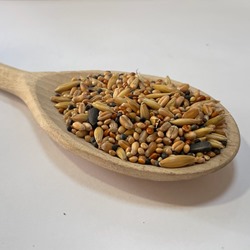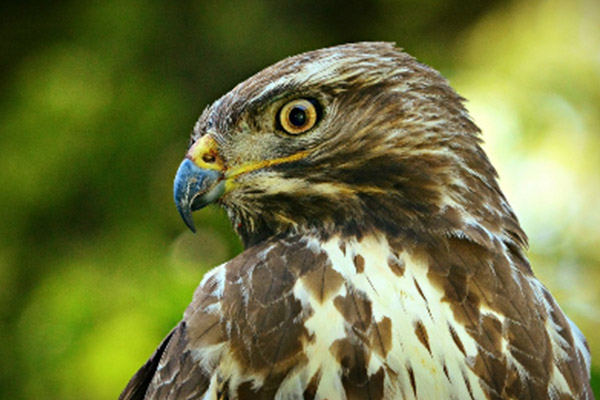
With so many of our native bird species in sharp decline and being added to the 'Red List' - offering them highest priority for protection - it's refreshing when one bucks the trend and numbers increase.
Buzzards have been making a huge comeback and are now Britain's most abundant bird of prey, breeding in every single county since the year 2000.
Numbers have now reached the region of 68,000 breeding pairs, as opposed to a low of 1000 in the early 1900s when they were widely culled by gamekeepers who wrongly believed they were a huge threat to their game birds; thankfully this practice is now illegal.
In fact, game birds make up just a tiny percentage of a buzzard's diet.
Restrictions were placed on killing buzzards during the two world wars, which allowed numbers to recover, but an outbreak of myxomatosis in rabbits in 1955 decimated an important food source, and buzzards were also severely affected by organochlorine pesticides which affected their ability to reproduce, until these pesticides were withdrawn in the late 1960s.
Their recent success is partly due to their varied diet and adaptability. Buzzards eat small mammals, birds and carrion, but when these are in short supply they will eat earthworms, amphibians and large insects. They can often be seen along our road networks - either soaring or perching on fences or pylons - presumably looking for roadkill. They also live in most habitats, particularly woodland, moorland, pasture, arable farmland, marshes and villages, even cities such as Glasgow.
It's a wonderful sight to see these majestic birds soaring high - long may it continue!

 Back
Back Bird Foods
Bird Foods
 Seed Mixes
Seed Mixes Straight Seeds
Straight Seeds Mealworms & Worms
Mealworms & Worms Chicken Feed
Chicken Feed Duck Food
Duck Food Peanuts & Peanut Butter
Peanuts & Peanut Butter Suet & Fat Balls
Suet & Fat Balls No Mess Bird Seed
No Mess Bird Seed Wheat Free Bird Seed
Wheat Free Bird Seed Sunflower Seeds
Sunflower Seeds Softbill Bird Food
Softbill Bird Food Bulk Bird Seed
Bulk Bird Seed Trial Packs
Trial Packs Pick & Mix
Pick & Mix Mini Pick & Mix
Mini Pick & Mix Birdie Basics: Budget Bird Food
Birdie Basics: Budget Bird Food Food for Small Birds
Food for Small Birds Back
Back Bird Feeders
Bird Feeders
 Seed Feeders
Seed Feeders Peanut Feeders
Peanut Feeders Peanut Butter Feeders
Peanut Butter Feeders Suet & Fat Feeders
Suet & Fat Feeders Window Feeders
Window Feeders Hanging Feeders
Hanging Feeders Feeding Stations
Feeding Stations Ground Feeders
Ground Feeders Easy Clean Feeders
Easy Clean Feeders Bird Tables
Bird Tables Seed Trays
Seed Trays Bird Baths & Drinkers
Bird Baths & Drinkers Feeder Accessories
Feeder Accessories Feeder Hygiene
Feeder Hygiene Squirrel Proof Bird Feeders
Squirrel Proof Bird Feeders For the Kids
For the Kids Niger Seed Feeders
Niger Seed Feeders Mealworm Feeders
Mealworm Feeders Bird Food Storage
Bird Food Storage Fat Ball Feeders
Fat Ball Feeders Tube Feeders
Tube Feeders



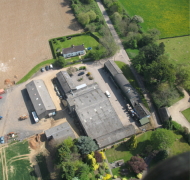 Our Farm
Our Farm
 Tips & Advice
Tips & Advice
Contact Us

















